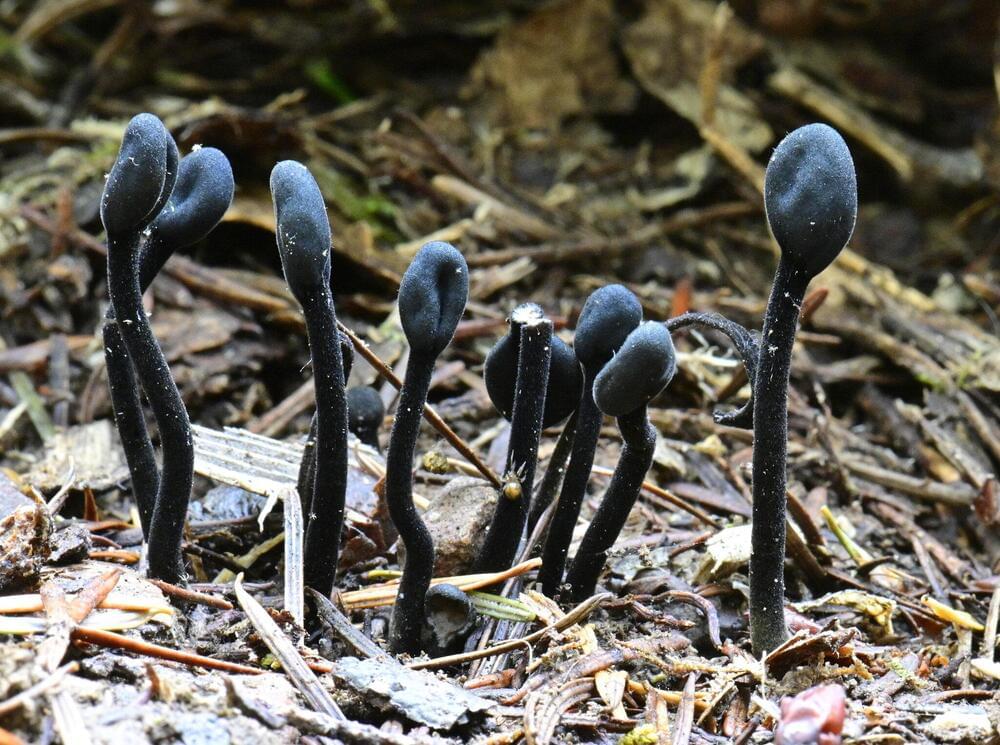About 600 seemingly disparate fungi that never quite found a fit along the fungal family tree have been shown to have a common ancestor, according to a University of Alberta-led research team that used genome sequencing to give these peculiar creatures their own classification home.
“They don’t have any particular feature that you can see with the naked eye where you can say they belong to the same group. But when you go to the genome, suddenly this emerges,” says Toby Spribille, principal investigator on the project and associate professor in the Department of Biological Sciences.
“I like to think of these as the platypus and echidna of the fungal world.”
